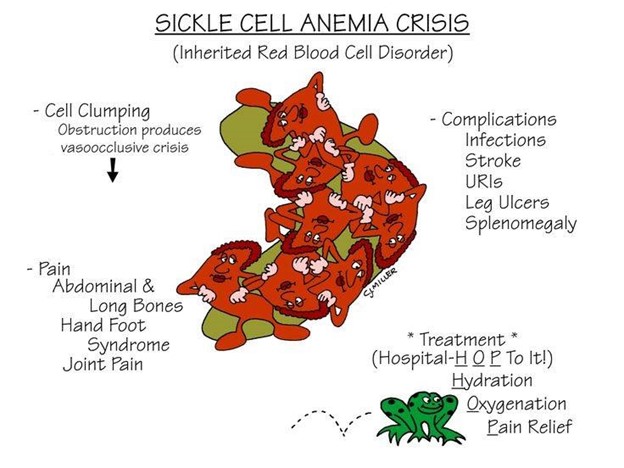A nurse is caring for a child who has acute gastroenteritis but is able to tolerate oral fluids. The nurse should anticipate providing which of the following types of fluid?
Broth
Diluted apple juice
Oral rehydration solution
Water
The Correct Answer is C
A. Broth: While broth can be a source of fluids, it does not contain the appropriate balance of electrolytes needed to rehydrate the body effectively. Gastroenteritis can cause significant fluid and electrolyte loss, so an oral rehydration solution (ORS) with the right proportions of salts and sugars is essential to replace these losses adequately.
B. Diluted apple juice: Diluted apple juice may not provide the proper electrolyte balance needed for rehydration in cases of gastroenteritis. In fact, apple juice is not recommended during episodes of acute gastroenteritis, as it can worsen diarrhea due to its high sugar content. This can lead to further dehydration and discomfort.
C. Oral rehydration solution (ORS): This is the correct answer. Oral rehydration solution is specifically designed to replace lost fluids and electrolytes in cases of gastroenteritis. It contains the right balance of salts and sugars to facilitate effective absorption in the intestines and help rehydrate the body. ORS is the recommended fluid for managing dehydration caused by gastroenteritis in children.
D. Water: While water is essential for hydration, it is not enough to effectively treat dehydration caused by gastroenteritis. Plain water does not contain the necessary electrolytes like sodium, potassium, and chloride, which are lost during episodes of diarrhea and vomiting. Giving water alone may not adequately rehydrate the child and could potentially worsen the dehydration.
Nursing Test Bank
Naxlex Comprehensive Predictor Exams
Related Questions
Correct Answer is A
Explanation
A. "I will keep my baby in an upright position after feedings."
Gastroesophageal reflux (GER) is a condition where the stomach contents flow back into the esophagus, which can cause spitting up or regurgitation in infants. Keeping the baby in an upright position after feedings can help reduce the likelihood of reflux episodes. By holding the baby in an upright position for about 30 minutes after feeding, gravity can aid in keeping the stomach contents from flowing back into the esophagus.
The other statements are incorrect or do not address the management of gastroesophageal reflux:
B. "My baby's formula can be thickened with oatmeal." - Thickening formula with oatmeal is not a standard recommendation for managing GER in infants. In some cases, thickening formulas may be recommended, but it should be done under the guidance of a healthcare provider.
C. "I should position my baby side-lying during sleep." A side-lying position is not recommended for sleep in infants, as it increases the risk of sudden infant death syndrome (SIDS). The safe sleep position for infants is on their back.
D. "I will have to feed my baby formula rather than breast milk." - The type of feeding (formula or breast milk) does not directly impact the occurrence of gastroesophageal reflux. Both breast milk and formula can cause reflux in some infants. It is essential to discuss feeding options with a healthcare provider to determine the best approach for the individual infant's needs.
Correct Answer is B
Explanation
During a sickle cell crisis, the child experiences severe pain due to the sickled red blood cells blocking blood flow in the vessels, leading to tissue ischemia and infarction. Pain is the hallmark symptom of sickle cell crisis and can occur in various parts of the body, such as the abdomen, chest, back, joints, and extremities.

A. Constipation is not a common symptom of sickle cell crisis. It may be associated with other conditions but is not directly related to sickle cell crisis.
C. High fever is not a typical finding in sickle cell crisis. Fever may occur due to infections, which individuals with sickle cell disease are at increased risk of developing, but it is not a direct symptom of the crisis itself.
D. Bradycardia (slow heart rate) is not commonly associated with sickle cell crisis. Tachycardia (rapid heart rate) may occur in response to pain, but bradycardia is not a typical finding.
Whether you are a student looking to ace your exams or a practicing nurse seeking to enhance your expertise , our nursing education contents will empower you with the confidence and competence to make a difference in the lives of patients and become a respected leader in the healthcare field.
Visit Naxlex, invest in your future and unlock endless possibilities with our unparalleled nursing education contents today
Report Wrong Answer on the Current Question
Do you disagree with the answer? If yes, what is your expected answer? Explain.
Kindly be descriptive with the issue you are facing.
